







M mF edn e8





Because we expect to keep shuffling the Pools’ contents to make room for revisions and visitors’ responses, please refer to Pool_X, refreshing your browser or ‘phone on every visit, then refresh each Pool you visit too: otherwise they may lead you a merry dance.













e
26 October 2020

11/10/2020 / Syd Harrod / Seasonal productivity

Sept.2020 / John Keys, Margot Caldwell, et al,/
Admiring, and yet puzzled by, Hydrangeas
I just noticed what a lot of seed our tree is producing again, reminding me that I collected some last year and it’s still in the envelope. But it won’t matter -

09/08/2020 / Alan Hamilton / Actual productivity!
Peas Grapes Potatoes Crab-




I planted the peas late and they have produced a bumper crop! Grapes grown in my greenhouse -
I had a huge crop of soft fruit this year -
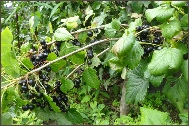
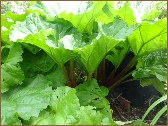
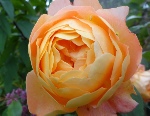
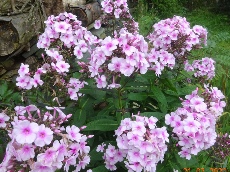
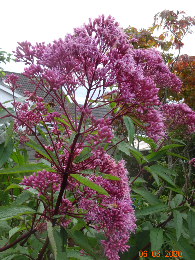
“Lady Emma Hamilton”
Pink-
Thalictrum delavayi
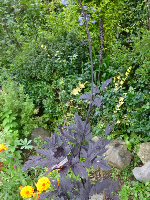
Actea “Black Spires”
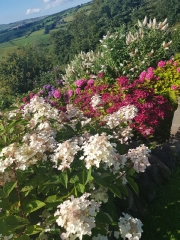
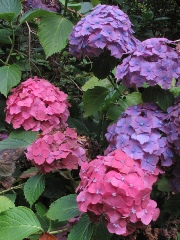

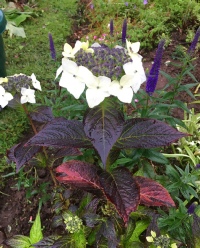
Thanks to John Keys we can admire these fine colours on his west-
Now: Margot is enthusiastic about a really hardy sub-
This serrata looks as though it has taken a liking to life at Margot’s.
Brilliant leaf colour! Although she didn’t tell me the name of the variety, I can foresee there will be more than just this first one by the time we are free to visit Margot’s sheltered coastal wonderland.
John is blessed with good clear reds and blues: you see so many awful muddy mauves in our district. The causes are in the soil, lack of aluminium as well as high pH. Here are two branches of one plant, bought small, probably planted over a surprise boundary between two distinct soil zones. Even superphosphate in the compost can inhibit blue !
We believe this rarity is “Ami Pasquier”. Ed.
